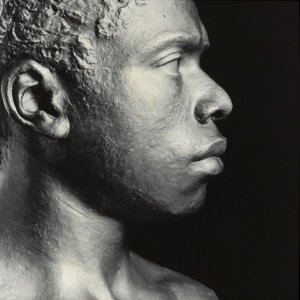Against the concept of the 'late style'. Some considerations
Abstract
The aim of the article is to search for literary examples of what – with reference to music, fine arts and literature – is dubbed as “late style” (Adorno, Said). The polemical part of the article covers various perspectives of critics (Ricaldone, Small, Amigoni and McGullan, Skrendo) who challenge the established – though not unequivocal –visions of Altersstil, and who point out that no attitude, style or language should be seen as typical of a whole category of old artists and that perhaps no consistency between age, life and the work of an artist can be established. One would only wish to give life stages a meaning, hoping, like Hillman suggests, that old age reveals to us our character. In the second part of the article the author conjectures that instead of a style typical of late works or old age, one could venture to investigate how individuals experience old age. Reading texts by some of the most widely famous male writers (John Maxwell Coetzee, Philip Roth) and literary scholars become writers while growing old (Marco Santagata, Romano Luperini) the author shows that a concept of ‘late style’ is a construct and that a plurality of stands and styles can be observed. For some old age is still a season of a triumphal challenge of the young (Santagata), others live a distressed surrender vis-à-vis a life devoid of value (Luperini).
Downloads
Published
How to Cite
Issue
Section
License
Copyright (c) 2023 Elephant & Castle

This work is licensed under a Creative Commons Attribution 4.0 International License.






